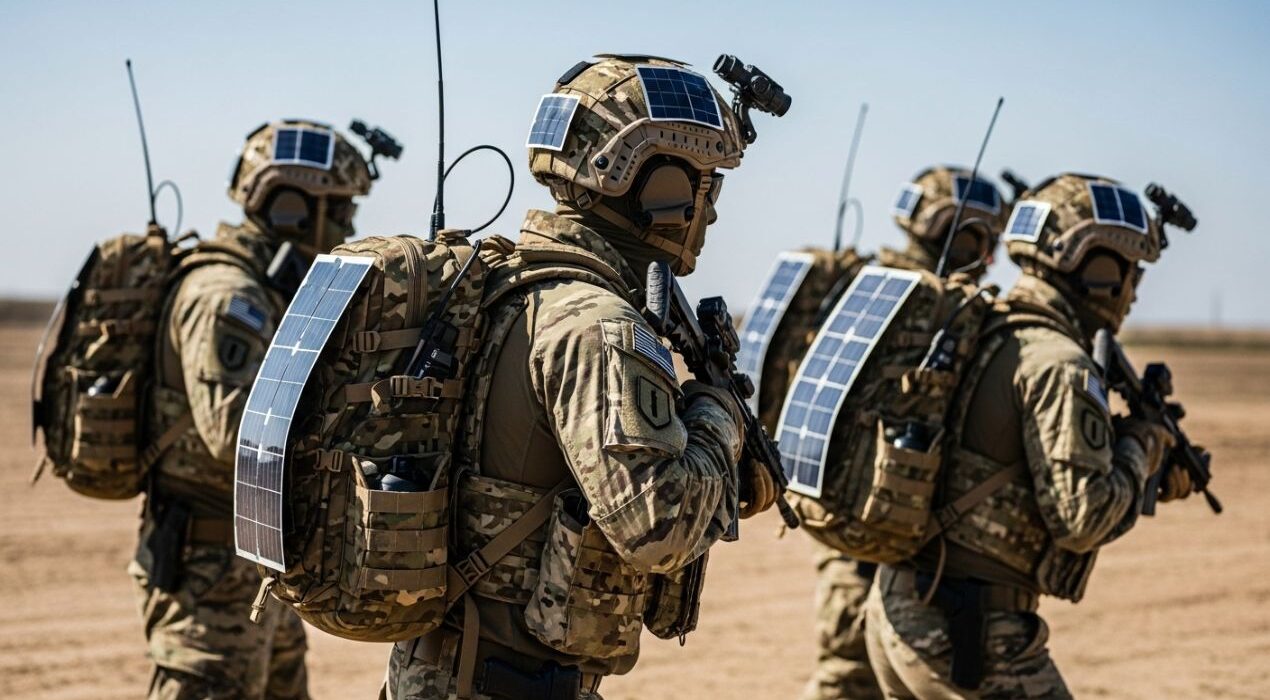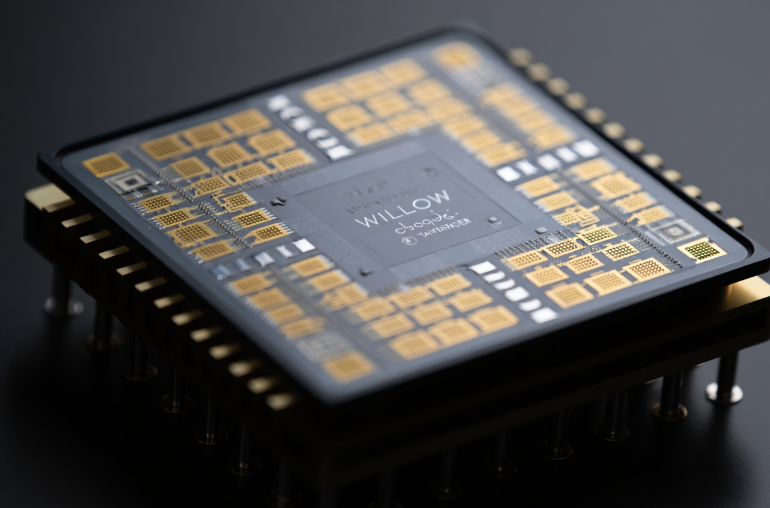The U.S. Army is adopting an innovative way to power soldiers’ technology on the move — wearable solar panels integrated directly into uniforms, tactical vests, and gear. This lightweight energy solution could dramatically reduce dependence on heavy spare batteries while improving operational efficiency in remote and high-risk environments.
Currently, soldiers often carry up to 20 pounds of backup batteries to keep critical devices functional. The new solar fabrics can recharge equipment such as GPS units, radios, sensors, night-vision goggles, and body cameras, enabling longer missions without logistical delays. Flexible and durable, the panels have already been field-tested in extreme settings including deserts, jungles, and island outposts.
Defense modernization experts describe this initiative as part of a broader shift toward energy-resilient warfare. By reducing supply chain vulnerabilities and improving troop mobility, wearable solar tech strengthens mission safety and autonomy. It also lowers fuel demand and supports a more sustainable military footprint.
The concept is being developed in collaboration with defense tech startups and the Army’s research divisions, aiming for scalable, battlefield-ready products. Analysts expect future iterations to deliver greater efficiency and seamless integration with other smart military systems.
If widely deployed, these solar solutions could reshape how modern armies manage energy in combat, making troops more self-sufficient and less reliant on vulnerable resupply lines.
Soldiers May Soon Wear Solar Panels to Power Battlefield Tech






